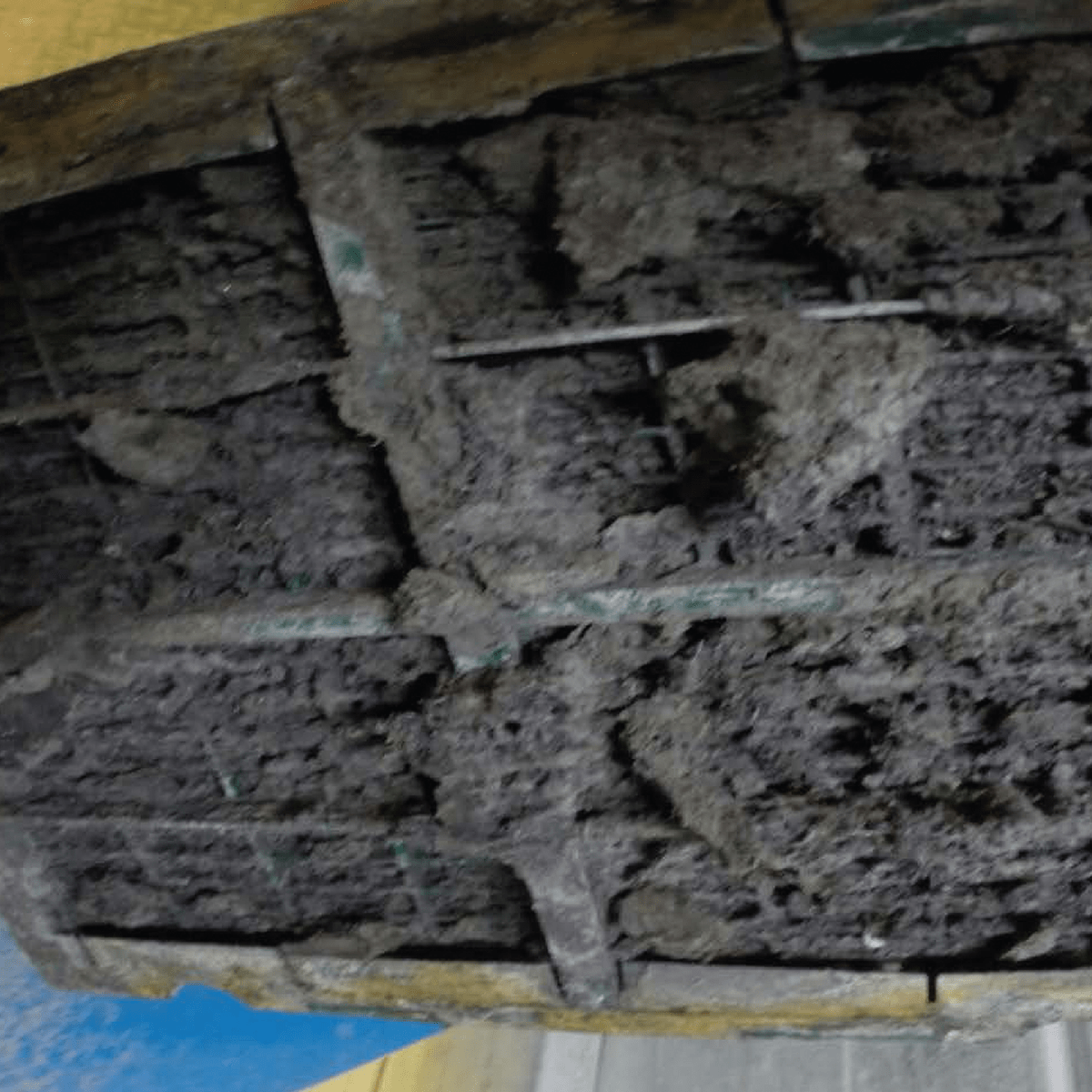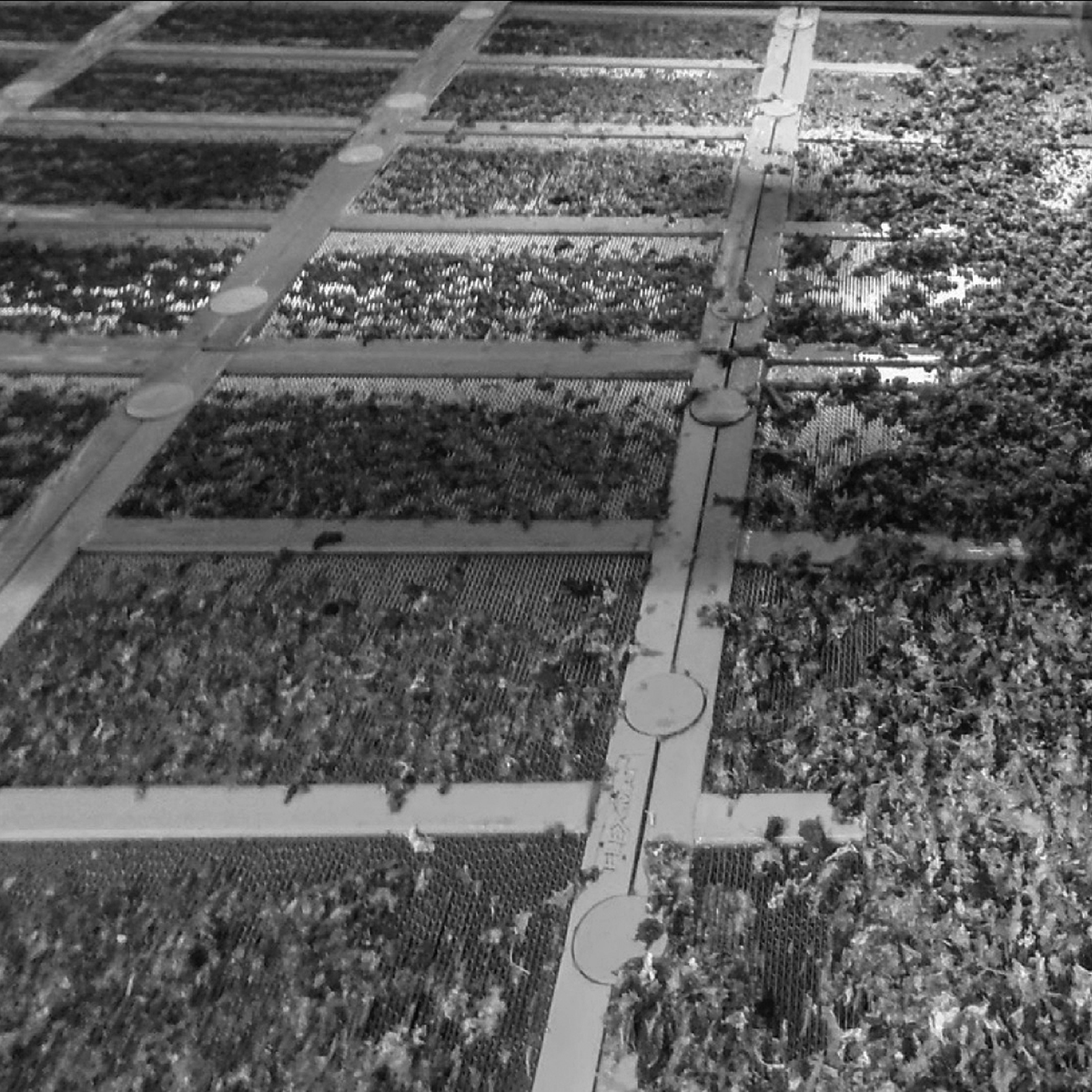TL;DR
- Tahoe Resources’ Bell Creek gold mine in Ontario faced severe blinding on trash circuit screens caused by fibrous blasting material.
- The issue led to excessive downtime, poor dewatering, and the need for a secondary screen in the same circuit.
- Polydeck provided a modular solution using POLYDEX screen media with slotted and VR apertures to combat blinding and improve drainage.
- The result: 32% throughput increase, more than 2.5× drain rate improvement, and the ability to bypass the secondary trash screen, saving time, energy, and water.
Trash Screen Blinding in Gold Mining: A Bottleneck You Can’t Ignore
In gold mining, trash circuit screens play a critical role in protecting downstream equipment and maintaining process efficiency. When those screens become clogged or blinded, everything slows down—throughput drops, water use spikes, and operators scramble to compensate. At Mina de oro de Bell Creek in Ontario, a chronic blinding issue was doing just that—until a modular screen media retrofit helped turn things around.
The Challenge: Blinding, Lost Drainage, and a Bottlenecked Trash Circuit
At Bell Creek Gold Mine in Ontario, a major bottleneck was forming at the trash circuit screens. Fibrous residue from blasting material was accumulating rapidly, causing severe blinding that dramatically affected performance.
Blinded screens led to:
- Increased downtime for manual cleaning
- Poor dewatering, reducing throughput
- Higher energy use
- The need to route material through a secondary screen just to keep production moving
When left unresolved, these issues escalated—not just in maintenance costs, but in lost production and excessive process water consumption.
Under normal operating conditions, Bell Creek’s circuit handled:
- 225 metric tons per hour (MTPH) feed rate
- 650 cubic meters per hour (2,862.1 GPM) slurry flow
- ~75% solids content, with a specific gravity of 2.8:1
With this volume and material density, the trash screen became a choke point. Blinding reduced open area, forcing operators to clean screens manually, and undermined the plant’s dewatering performance.
Ultimately, the plant had to rely on a second screen in the same circuit just to maintain throughput—an expensive and inefficient workaround.


The Solution: Targeted Screen Media Retrofit to Prevent Blinding
Polydeck Screening Experts made multiple site visits to inspect the screen, gather data, and model a solution. The team developed a targeted media layout using two custom configurations of POLYDEX® modular screen media:
- Rows 1–4: Installed POLYDEX® panels with slotted apertures to promote primary drainage and increase flow rate
- Rows 5–6: Installed POLYDEX® panels with VR apertures to reduce blinding and introduce secondary motion
- Rows 7–12: Left existing competitor panels in place for live side-by-side performance comparison
The competitor panels exhibited heavy blinding, while the Polydeck panels showed little to no blinding, even after extended operation.

The Results: 32% Throughput Boost and a Secondary Screen No Longer Needed
After a three-month testing period, the data showed a clear operational transformation:
- Throughput increased by 32%
- Drain rate (GPM) improved by more than 2.5×
- Capacity of the screen doubled
- Dewatering was so effective that the secondary trash screen could be bypassed entirely
- Labor hours previously spent cleaning screens were recovered
- Process water and energy consumption were reduced
“Increased drainage with Polydeck panels has allowed the bypass of the secondary trash screen. This provides savings in maintenance time, energy consumption, and process water. This is a critical path for our operations. Polydeck has provided excellent customer service and has worked closely with us to solve our screening issues.”
Why It Worked: Matching Aperture Type to Material Behavior
Blinding often comes down to a mismatch between media design and material properties. In this case, the fibrous, high-solids feed required precisely tuned slot geometry y blinding-resistant aperture design to maintain open area and flow.
Polydeck’s dual-aperture configuration—slotted for drainage y VR for blinding resistance—proved effective. The use of medios de cribado modulares made installation fast and non-disruptive.
The result: a high-performance layout that prevented buildup while improving water removal and overall screening efficiency.
Frequently Asked Question
What causes screen blinding in gold mine trash circuits?
Blinding in trash circuits is often caused by fibrous blasting residue, high solid content, and inadequate aperture design. These conditions reduce open area, trap moisture, and limit throughput. Screen media with tailored slot or VR-style apertures can resist buildup, maintain flow, and eliminate the need for redundant screening.